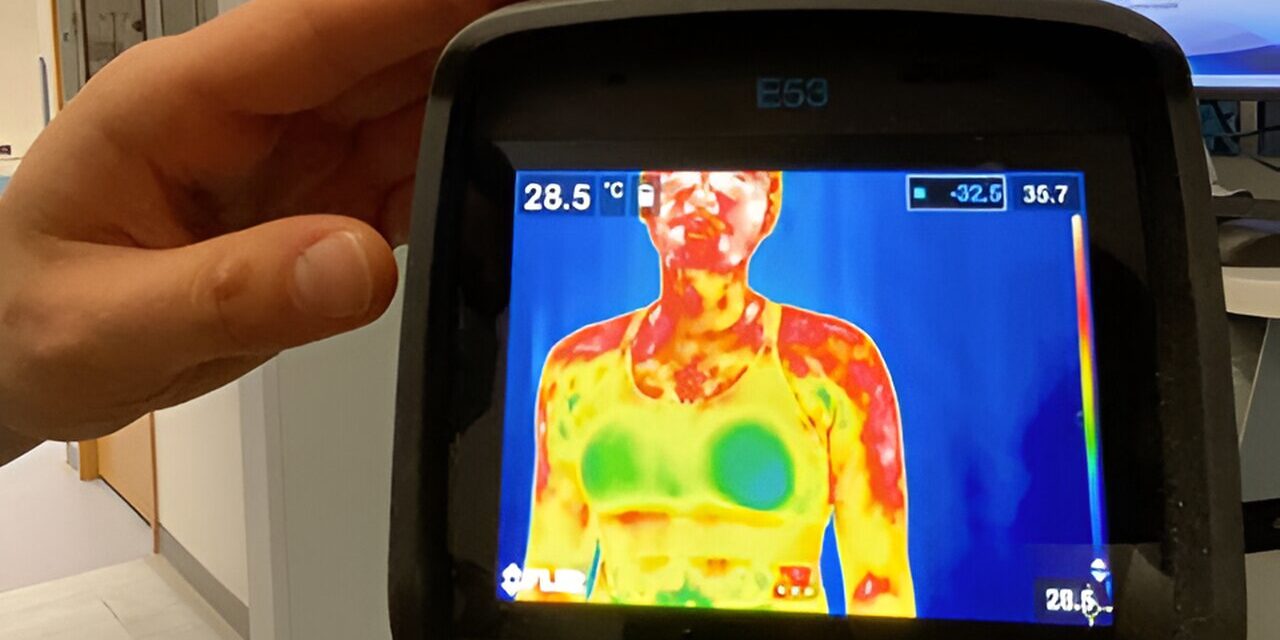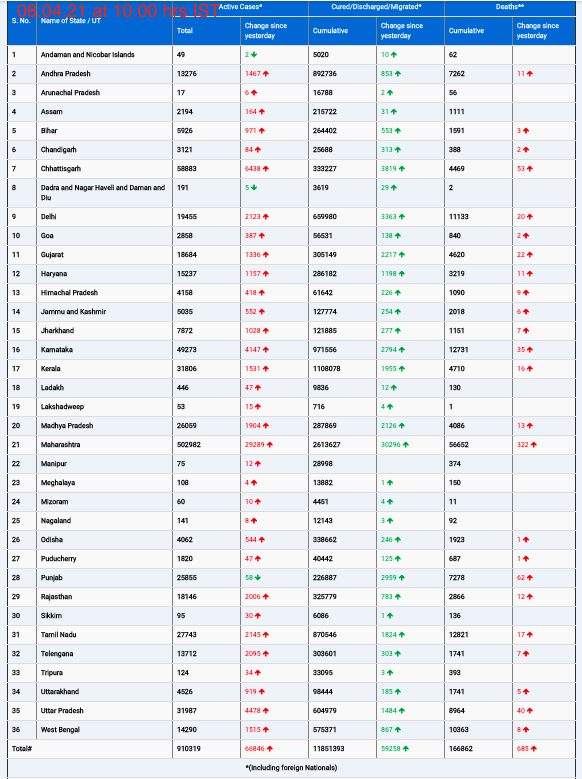In a groundbreaking study conducted by the University of Southampton, researchers have unveiled an unexpected connection between breast size and sweat production during physical activity. Published in the journal Experimental Physiology, the study focused on 22 women of various ages and breast sizes, observing their sweat production while running in a warm climatic chamber.
Led by Hannah Blount, a postgraduate researcher in thermal physiology at the University’s ThermosenseLab, the research aimed to understand how breast size influences sweat gland activity and overall comfort during exercise, particularly in warm conditions. Contrary to conventional assumptions, the study revealed that larger breasts tend to have fewer sweat glands, leading to lower sweat production across the breast area compared to smaller breasts.
“Over 85% of women consider a sports bra essential for exercise, yet finding one that combines comfort and support remains a challenge,” noted Blount. “Our investigation explored how different breast sizes impact sweat gland density and local sweat rates, crucial factors affecting sweat accumulation within sports bras, especially in warmer climates.”
Using advanced techniques such as 3D scanning to measure breast surface area and iodine-infused paper to assess sweat gland density, the researchers monitored participants as they jogged for 45 minutes in a 32-degree Celsius environment. The findings underscored significant variations in sweat gland distribution across different breast sizes, highlighting a potential area for innovative sportswear design tailored to diverse physiological needs.
Dr. Davide Filingeri, Associate Professor in Thermal Physiology, emphasized the study’s relevance in addressing the unique thermal challenges faced by women, influenced by factors like hormonal fluctuations across their lifespan. “Understanding these nuances can drive person-centered advancements in sportswear, enhancing women’s comfort and performance in increasingly warmer climates,” he stated.
The experiments were conducted at the NIHR Southampton Clinical Research Facility’s state-of-the-art climate chamber, showcasing Southampton’s leadership in thermal research. Blount expressed optimism about the study’s implications for promoting physical activity among women in today’s sedentary society.
“As we strive to make sports more accessible and comfortable for women, these insights could pave the way for transformative innovations in sportswear design,” added Blount.
The study, titled “The effect of female breast surface area on heat‐activated sweat gland density and output,” marks a significant step towards understanding how anatomical variations influence physiological responses during exercise. As researchers continue to explore the intersection of body physiology and sportswear design, the findings promise to inspire tailored solutions that empower women in their fitness pursuits.
For more details on the study, refer to Hannah Blount et al.’s publication in Experimental Physiology (2024).












